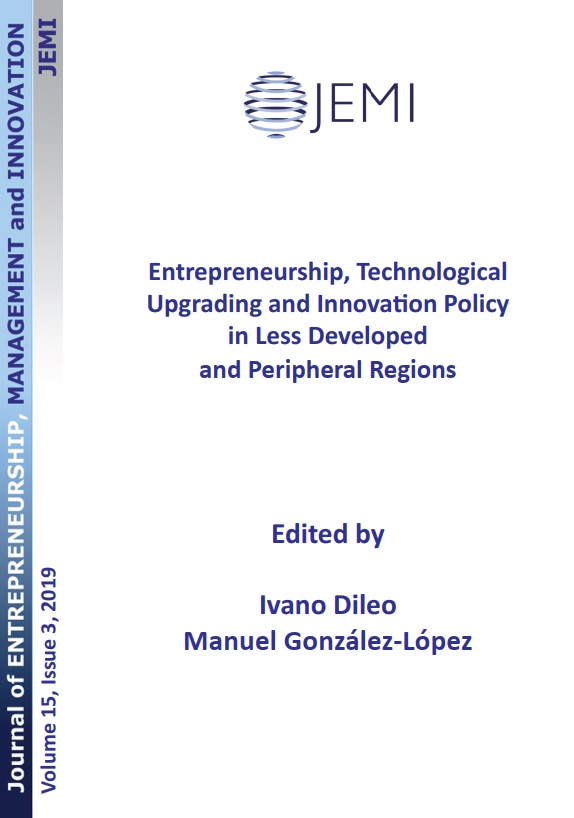The uneven regional distribution of projects funded by the EU Framework Programmes
The uneven regional distribution of projects funded by the EU Framework Programmes
Author(s): Pedro Varela-Vázquez, Manuel González-López, María del Carmen Sánchez-CarreiraSubject(s): Business Economy / Management, Sociology
Published by: Fundacja Upowszechniająca Wiedzę i Naukę "Cognitione"
Keywords: Framework Programmes; innovation policies; cohesion policy; regional development; less developed regions
Summary/Abstract: The Framework Programmes (FPs) represent one key supply-side instrument in the innovation policy mix implemented directly by the European Union (EU). Since its final goal is fostering innovation and competitiveness, it is advisable to analyze the spatial distribution of this instrument across EU regions. The main aim of this paper is to analyze the regional allocation of the coordination and participation in projects under the 6th and the 7th FPs, as well as the distribution of funds from Horizon 2020 (the 8th FP). For this purpose, a comprehensive database regionalized at NUTS 2 level was elaborated based on the data supplied by CORDIS and the Smart Specialisation Platform. Moreover, in order to tackle the relationship between FPs and regional development, NUTS 2 regions were classified into three groups: less developed regions, middle-income regions and developed regions. Our empirical evidence underlines different trends in this tool of the innovation policy mix. The general trend points to a positive correlation between the level of development and the capacity to attract FPs projects and funds. Therefore, FPs might contribute to reinforcing pre-existing innovation hubs and long-term growth disparities. Thus, coordination and participation in projects, as well as the funds allocated in the FPs are heavily concentrated in the developed regions. Middle-income regions attract more projects on average than less develop regions, although the disparities among them are not particularly high. Concerning less developed regions, there are two different groups of regions. One of them is characterized by a remarkable number of project coordinations that attract funds, even higher than some middle-income regions; while the other group shows a low number of coordinations or participations in projects. Comparing the 6th and the 7th FPs, we observe a slight reduction of the disparities, particularly due to the higher participation of regions from Spain, Portugal and Italy, which were among the hardest hit by the economic recession in Europe. This trend could be explained by the need to compensate the reduction of regional and national funds by means of being more active in capturing EU funds.
Journal: Journal of Entrepreneurship, Management and Innovation
- Issue Year: 15/2019
- Issue No: 3
- Page Range: 45-72
- Page Count: 28
- Language: English

